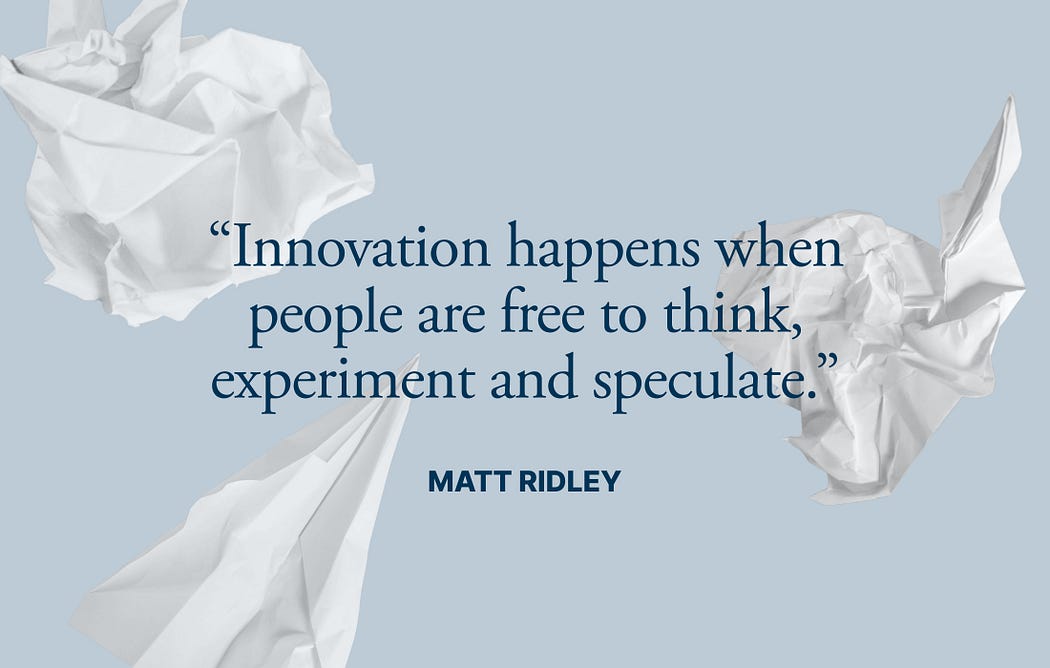Join the Mastering Agility Discord community
Long has spoon-feeding solutions and off-the-shelf feature descriptions prevailed in many development teams. We seek out frameworks in the hope of solving our issues. Although some issues might have been fixed, I rarely see the full potential of a Scrum Team being achieved. And quite often, I see the main reason is worrying about repercussions when things get awry. Agile implementations shift culture, yet many organizations limit themselves to the bare minimal execution of a framework and call that Agile.
This article is based on the talk/mini-workshop I held with an enthusiastic group of participants at Agile with Ukraine. Agility, and predominantly the Scrum framework, has been accepted by the vast majority of corporations that work in complex domains by now. Making a leap to the next stage of potential, in my humble opinion, would be to focus on creating psychologically safe environments.
Agility is necessary for survival
When someone asks me what ‘agile’ means for business, I answer that it is the ability to respond to change. But why do organizations need to respond to change? Quite simple, really; to remain relevant. To survive. When you take a broader look around us, agility has been woven throughout our existence. Survival of the fittest very much applies to business as well.
I would translate fittest in the case as organizations that are able to achieve a maximum outcome with minimal output: the corporate equivalent of a very fit, lean athlete. Organizations must also be ‘built’ for the achievement of a goal, with optimized training, diet, and environment. Like an athlete, businesses must also understand that failure is part of the journey to success.
Don’t get me wrong, I’m not saying that it’s fine to fail all the time and leave it at that. Failure should be productive as well. Learning from those failures is essential.
You can’t bully your way into innovation
To respond to change, you can’t just sit back and always rely on the old cash cow. Even if you have the world’s most awesome product, your users’ needs will be satisfied after a while and they’ll go looking for the next awesome thing. If Apple would have perpetually stuck with its first iPhone, it would have been out of business by now.

Photo by Matt Ridley on Unsplash
Remaining relevant, feeding your target audience with the next best thing, or delving into new markets is needed to remain relevant as an organization, and as a brand. The requisite level of innovation is incredibly complex. No one can predict the future (no AstroTV, not even you). We only have a hunch of what our new feature or product might do in the market when it’s out there. Especially with innovation, a specific aspect becomes important: creativity. Scrum Teams are well-positioned to embrace innovation and creativity:
-
Bring the Scrum Teams challenges to overcome, don’t spoonfeed features. Going all-in on predefined features fails to capitalize on hidden ideas in the brains of team members. An example of this difference would be a goal of one of my former Scrum Teams: “figure out how to increase platform loading speed by 20%”. With this example, team members are provided with the trust to think about potential solutions and features for themselves. Anything goes.
The bad way to do this would be “increase platform loading speed by creating x, y, and z”. Team members would focus solely on those three features, and miss out on potentially a, b, and c which would prove to be more efficient and cheaper.
-
Innovation inherently brings risk and uncertainty. Unfortunately for many, innovation introduces too much risk as compared with the dependable, safe cash cow. A lot of assumptions still need to be verified. We just don’t know yet whether our ideas are going to work. Scrum is a wonderful framework for dealing with these risks and uncertainties by creating short feedback loops and using early learning to reduce risk. The more uncertainties you have and the faster you need to learn, the shorter you want your Sprint to be.
-
Transparency, inspection, and adaption. To be able to figure out what we should be doing next, we need to make informed decisions. Those decisions can only be made with the right information. So we need to make that information transparent. Transparency provides the opportunity to inspect outcomes, learn from them, and adapt the direction we’re heading in. Hiding information, or making decisions without discussing information is the same as Schrödinger's cat; you won’t know the state of what’s inside until it’s been made transparent.
The three points above bring another challenge: getting those ideas out of people’s heads and into the market. And you can’t do that by bullying your way into innovation. You can’t smack someone over the head and scream at them to innovate. This relates back to the athlete: failure is part of the journey to success. People need to feel safe making mistakes. They need to be comfortable knowing that they are supported when things don’t go as expected instead of fearing punishment.
Psychological safety is the next step
And with the next step, I mean in multiple areas. Both for organizations and help them innovate, as well as for people to work in an environment where they feel comfortable and accepted.
Psychological safety is being able to show and employ one’s self without fear of negative consequences of self-image, status, or career. — William Kahn
This definition resonates with me personally really well. Of course, we must use psychological safety within logical guardrails. We should not use it as an excuse for poor performance. We should not say, “That’s just me. You don’t accept me as I am.”

Photo by LinkedIn Sales Solutions on Unsplash
Dr. Timothy R. Clark talks about four stages of psychological safety in his similar-named book The Four Stages of Psychological Safety:
Stage 1: Inclusion safety. People can be themselves as they are, without consideration of sexual preference, skin tone, religion, and so on.
Stage 2: Learner safety. Supporting and feeling supported while learning and developing, without bias or discrimination. People are supportive during lack of confidence and when mistakes are made.
Stage 3: Contributor safety. People feel safe enough to make valuable contributions and provide autonomy to others to provide their contribution while delivering results.
Stage 4: Challenger safety. People feel comfortable challenging and questioning the status quo without being presented with any form of punishment.
These four stages helped me to open up discussions and pinpoint actionable items to create a better environment when it comes to feeling safe. Leadership has a big responsibility in setting this environment. With leadership, I don’t mean just management, but every type of leader. Scrum Masters and Product Owners are leaders as well (even developers could be leaders).
Part of the Scrum Master’s accountabilities is to ensure the effective use of the Scrum framework. If the Scrum Team is not able to deliver the full potential of value due to limited psychological safety, an impediment is born. Scrum Masters cause the removal of such impediments. Collaborating with management and potentially other areas like HR will be needed.
Managing psychological safety is different from managing content (as with traditional project management). In this context, managing means that people get adequate support. That might be more difficult and time-consuming than managing a project, as it’s a lot more subjective to the individual employee. There is no one-size-fits-all approach to that. Also, I’m not saying people need to be pampered with their every need, but people must feel comfortable in their organization.

Photo by Marcos Luiz Photograph on Unsplash
Leading by example is one way (in my opinion the best way) to pave the way for others. This begins with vulnerable leadership. That does not mean that you need to have a breakdown in front of everyone and weepingly call out how vulnerable you dare to be. Vulnerable leadership means that you have the courage to raise your hand and say “I don’t know. Please help me.” Leadership ensures setting the direction. Directions are based on informed decisions. Those can’t be made with the limited information of a sole person, but rather after consulting the collective.
Paying attention to psychological safety could prove key to survival
As this article hopefully made clear, the mental well-being of the workforce is important. Being transparent in what happens after someone shares what they feel could improve is needed to ensure proper follow-up. Too often have I seen someone point out something detrimental to their mental state, yet it ends up on the bottom of a pile. Predominantly because it has no direct, measurable effect on output (and with output I mean money).
If you’re a leader in your organization, please look around you and assess the state of psychological safety. Set goals for how and where to improve. Looking on the whole, it might seem like a daunting endeavor. Start with small steps. But make sure that you start. It can be as easy as asking a simple question:
“How are you feeling?”
